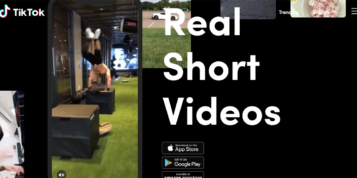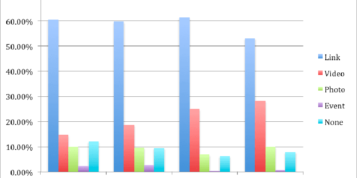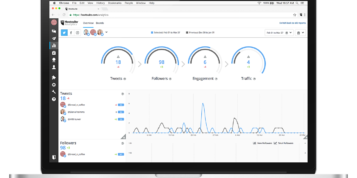The second day of Facebook’s F8 Developer Conference brought several new announcements regarding artificial intelligence (AI), social virtual reality (VR), open-source initiatives, and its connectivity lab.
Before an audience of thousands in person at the San Francisco conference and millions more online, Facebook Chief Technology Officer Mike Schroepfer discussed the firm’s plans to connect people around the world and develop new platforms for VR and AI.
Facebook’s ARIES and Terragraph terrestrial projects strive to provide improved internet connectivity for areas that are currently underserved. Terragraph will focus on crowded areas, where it will make use of street-level antennas to bring faster internet. ARIES will concentrate on bigger land surfaces with a lower population density, emphasizing connectivity over speed.
Meanwhile, the firm’s Applied Machine Learning team shared a preview of the AI backbone that will power different aspects of Facebook, including language translation and the classification of videos in real time. It will also include a new image classification feature powered by AI that will organize photos according to their content without the need for users to add tags.
They also announced that Facebook’s React Native platform will now have APIs for Windows and Tizen, along with a Facebook SDK for Reach Native, which will allow developers to integrate features such as sharing, login, and analytics on assorted platforms.
Social VR grabs the spotlight
Facebook has also set up a team to explore the possibilities for social VR as they
claim that VR has the power to be far more social than any other type of platform.
Mark Zuckerberg has been voicing his intention to combine social networking with virtual reality ever since his firm bought Oculus VR in 2014 for $2 billion.
In a showstopping social VR demo, Schroepfer and colleague Michael Booth wore Oculus Rift headsets and Touch controllers and interacted with each other in a virtual space despite being 30 miles away from each other physically, with Schroepfer on the stage at the San Francisco conference and Booth in the firm’s headquarters in Menlo Park. While they appeared as simple floating heads and hands in various London scenes, people will be able to customize their avatars with virtual pens. The men even grabbed a virtual selfie stick and shared their virtual selfies on their Facebook pages.
Facebook’s new social VR team will work on challenges such as bringing a sense of presence and interaction with the environment and the ability to communicate using body language and voice.
Their ultimate goal is to make the tech disappear so that people feel like they are just interacting with another person in a way that is indistinguishable from real life.





